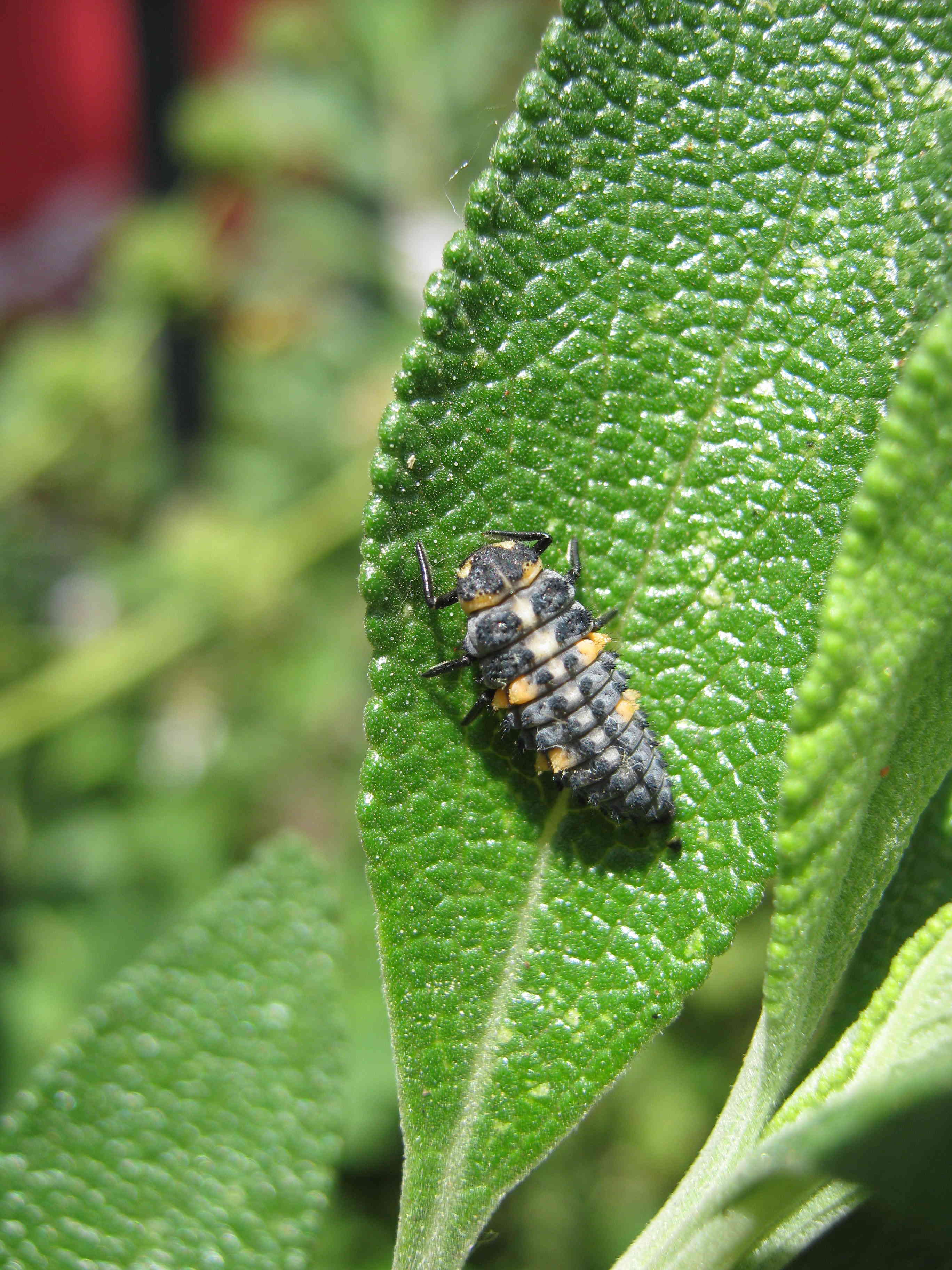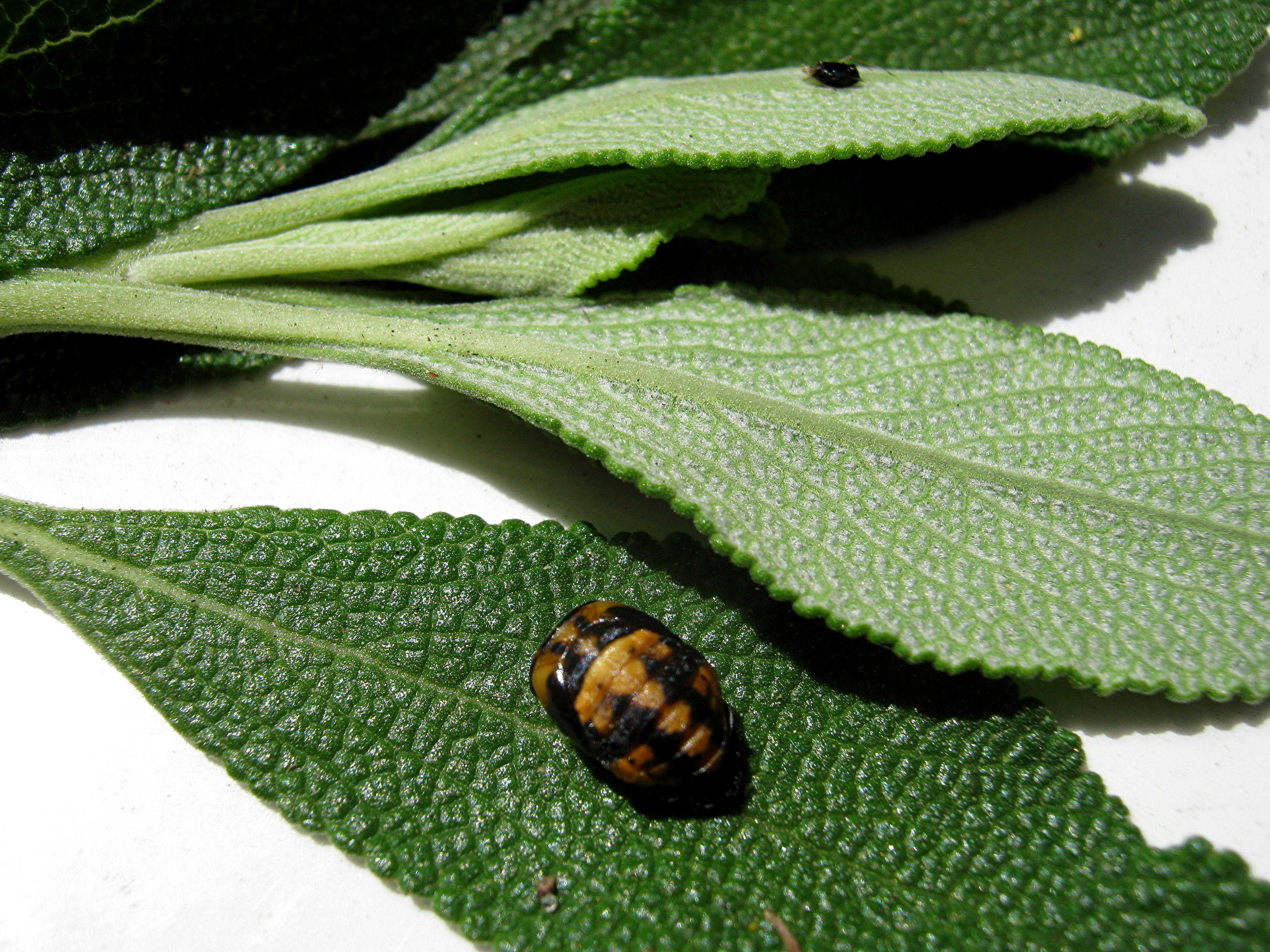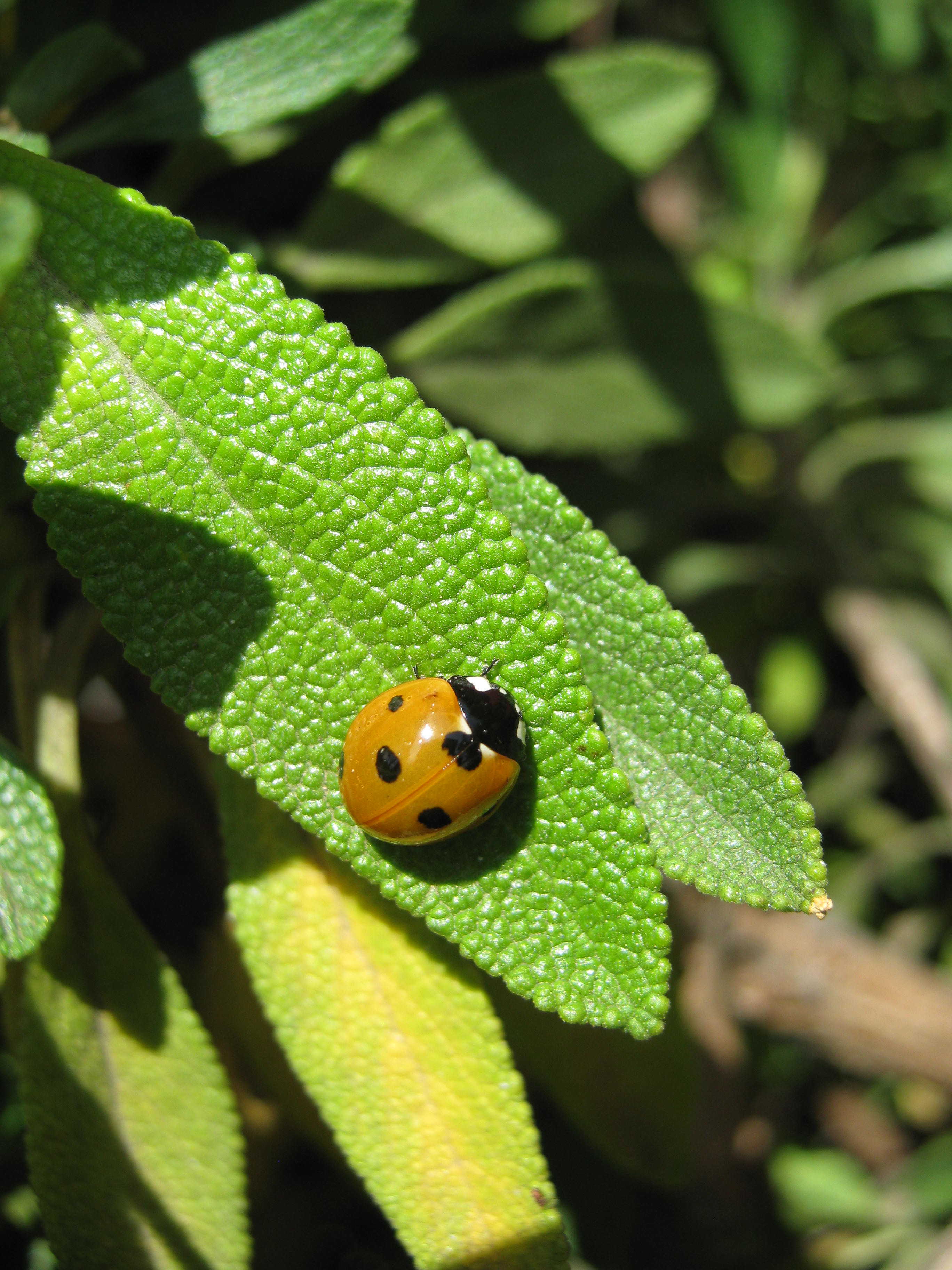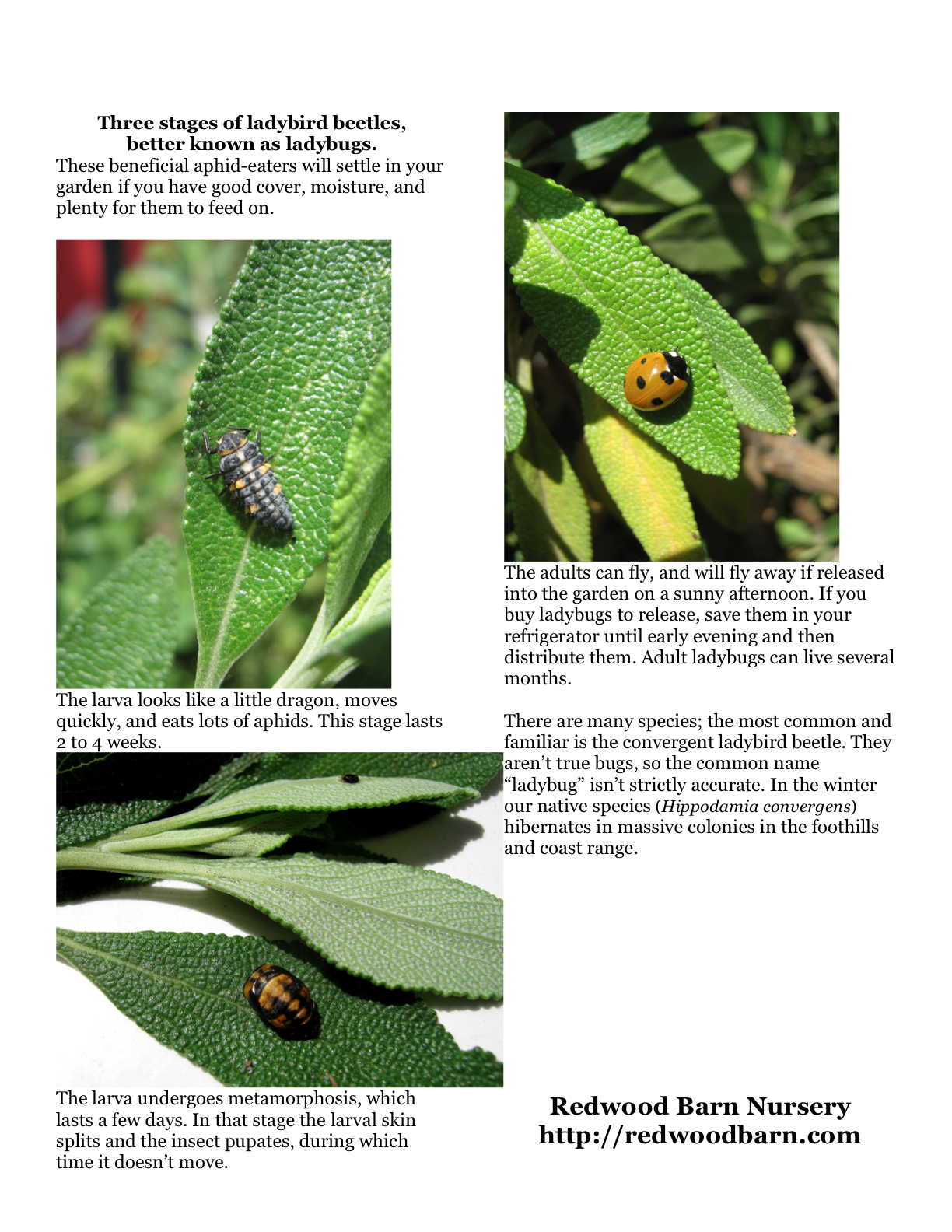Written for the Davis Enterprise, May 26, 2011
Click on any image for a larger version
Fungus!
Last May I wrote a column which began,
"What's up with this weather? ....
Below average temperatures every month ... by as much as 10 to 15 degrees. If we complete May without breaking 90 degrees, it will be the first time since 1971. Pleasant as that may be for gardeners, the weekly rain and cool temperatures have played havoc with plants and crops."
Well, deja vu.
For the record, we did finish May 2010 without breaking 90 degrees. So far this year, other than a brief spate of windy, dry, warm weather May 3 through 5, temperatures have been below average as well. Mild temperatures and high humidity lead to disease problems, and rain in March left many fruit trees nearly fruitless.
So we get questions ...
There are dead branches on my apple tree!
Fireblight is a bacterial disease that attacks blossoms, young fruit, and tender shoots of apples, pears, and related trees and shrubs. It is specific to members of the pome branch of the rose family. Ornamental pears and crabapples, loquats and pyracantha can also be affected. Symptoms are rapid dieback of short shoot. The affected parts look burnt, as if by fire.
Fireblight infects within a temperature range of about 55 to 80 degrees and very high humidity, so normal hot dry weather stops the spread. But it can do a lot of damage in a short period of time. Prune out affected portions, cutting down into healthy green wood, and throw away the prunings. Contrary to older advice, it is not necessary to clean your pruning shears between cuts. The disease is transmitted by bees, and by spores during periods of very high humidity.
The tomato plant I bought a couple of weeks ago is not looking good. It is losing leaves and has black spots on most leaves (fungus?). I would think it is the cool weather and especially that crazy hail we had. The top part of the plant looks okay. Will it heal itself, or should I buy a new plant?
Early blight is a leaf-infecting fungus on tomato seedlings. It was most likely on the plant when you bought it. Normally we don't have to worry about it here, because the fungus can't sustain low humidity. Cold temperatures have slowed the growth of the seedling, hail has made points of entry on the leaves, and rain has continued to splash the fungus upward. It will likely outgrow the problem.
Why is there hardly any fruit on my apricot, plum, peach, or nectarine?
European honeybees are finicky workers. They won't fly when the weather is cold, windy, overcast or rainy. We had 14 days of rain in March when the stone fruits were flowering. So some varieties got good pollination, but most didn't.
Apricots were hard hit by brown rot fungus again this year. The disease attacks and kills blossoms and developing fruit, sometimes spreading into the branch. Plums, and peaches and nectarines, also show dieback and fruit loss due to brown rot. Prune out the dead twigs as best you can, and mark your calendar to do a dormant spray next winter. Brown rot is the major factor limiting success with apricots here.
What is causing the holes on ...
... the leaves of my plum and pluot?
Shothole fungus causes small areas of the leaf to die, and then the dead tissue falls out, leaving a small hole. It looks as though something has been eating the leaf. Not very harmful, but it does increase over time. The dormant spray noted above will help prevent it.
... the petals of my roses?
Earwigs like to crawl up rose bushes and feed on the thrips that are hiding among the rose petals. That is helpful, but unfortunately they also like to eat rose petals. Earwigs can be trapped with any fragrant cooking oil, left out in shallow bowls.
Katydids have just hatched out, and can be found here and there feeding on soft green leaves and rose petals. Their damage is transitory, and they move on quickly, so control is not necessary (or feasible).
What is causing the spots on the leaves of (1) my citrus; (2) my persimmon?
If you want to impress people, tell them the leaves have oedema. That is Greek for "spots." On thick-leaved plants oedema occurs during conditions of high or low temperatures, low humidity, and wind, It is an environmental stress and is not harmful to the tree. In the summer oedema can make Eastern redbud leaves (Cercis canadensis) unattractive.
Why are the flower buds of my gardenia falling off without opening?
Cool weather. Gardenia wants even, warm temperatures all the time. The plants will initiate flower buds at any time of year, but if the nights are cooler than about 55 degrees the buds will drop without opening.
If I plant hot peppers near my sweet peppers, will it make my sweet peppers hot? or vice versa?
If I plant a lemon near my orange, will it make my orange sour?
No, and no. The only time cross-pollination in the garden affects the part of the plant that you eat is when you are eating the seeds. So certain types of corn need to be isolated from each other, because you are eating the seed; never plant sweet corn near field corn or popcorn, or many of the kernels will be very chewy!
Oranges may be sour because the tree isn't getting enough sun. More commonly it is because you are harvesting too early. Many citrus turn color before they turn sweet.
The heat in peppers is caused by capsaicin, which is present in varying quantities in hot peppers and not present in sweet peppers. Hot peppers vary in their heat due to genetics (the type and seed strain of the pepper), environment (hotter in hot climates), and watering (reducing water concentrates the flavor, including the heat). Most of the hot pepper varieties we grow are open-pollinated seed strains, so their genes are more variable than hybrids. If your "sweet" pepper turned out to be hot, it was mislabeled. If your hot peppers aren't hot enough, try watering less.
Cross-pollination in the garden can affect the seed you save. If you carefully save seed from your favorite squash plant, but had a pumpkin nearby, you can get some very strange results in the next generation.
What are these dragon-looking bugs on my salvia?!?
Those are the larvae of ladybird beetles, aka ladybugs. The larvae eat aphids even more voraciously than their parents. You will also find an intermediate stage between the larva and the adult. Other beneficial aphid-eaters in the garden right now include leatherwing beetles and the larvae of lacewings. It is rare for us to need to spray for aphids once we have a resident population of beneficial insects. Sprays often kill the beneficials. So let nature run its course, and learn to recognize the good bugs.
© 2010 Don Shor, Redwood Barn Nursery, Inc., 1607 Fifth Street, Davis, Ca 95616
www.redwoodbarn.com
Feel free to copy and distribute this article with attribution to this author.










No comments:
Post a Comment